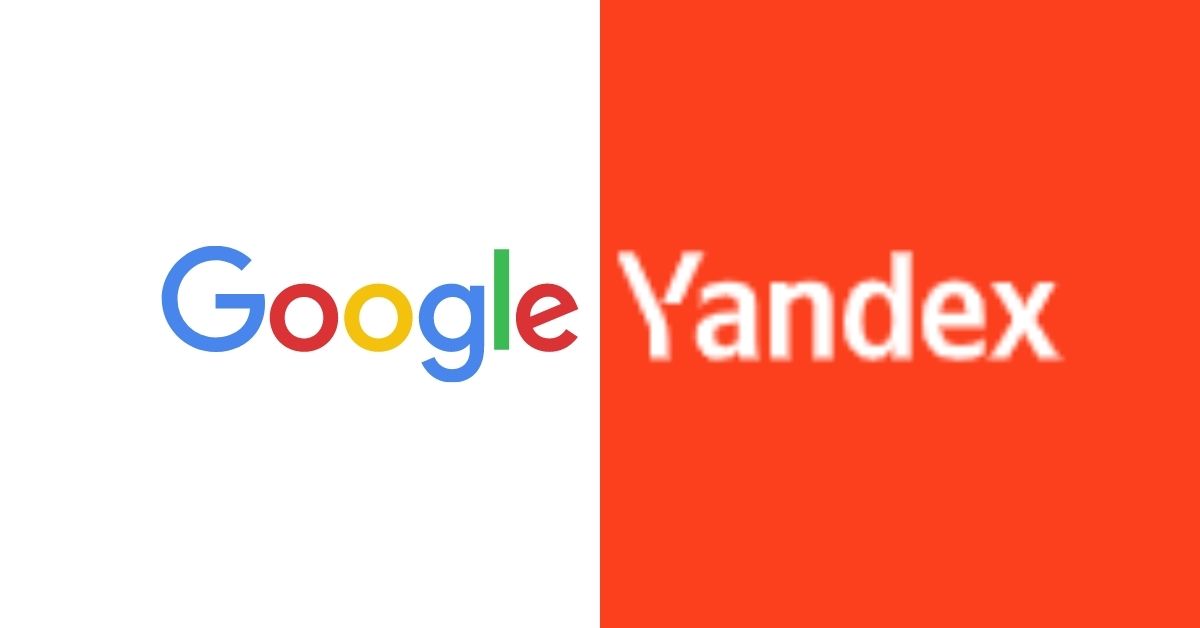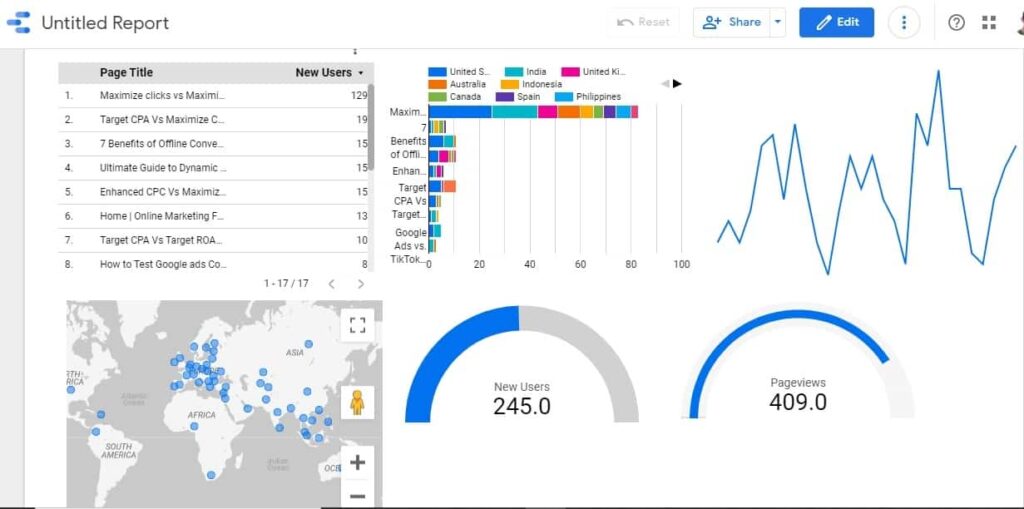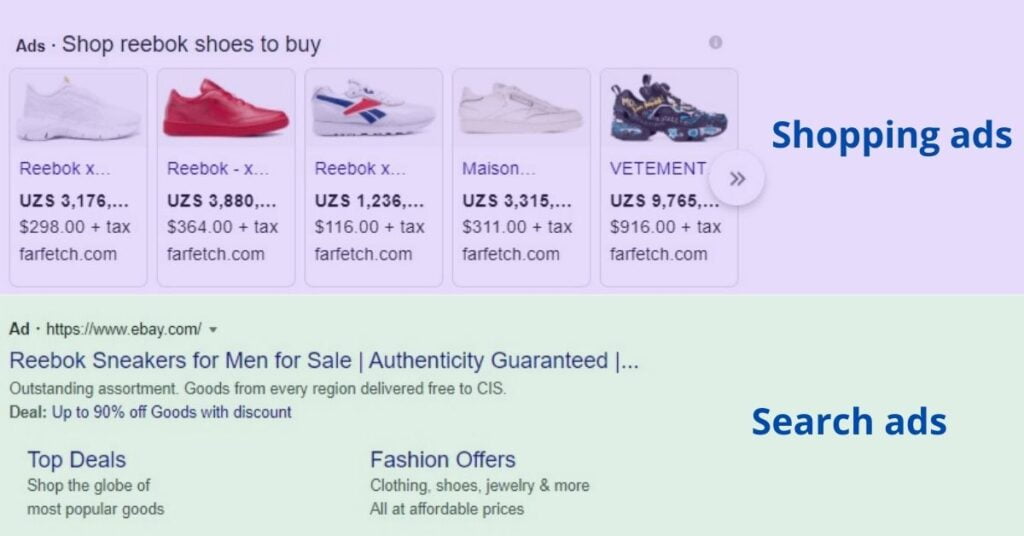Google Ads vs. Yandex Ads (9+ Comparison Points)

None can deny the power of paid ads if you want to grow your business. Marketers usually prefer Google Ads, but you need to be flexible.
This is crucial for country-specific scenarios. Native search engines happen to offer tough competition to Google in many places. If you are wondering, Google ads do support several languages. Even then, it can fall short in certain countries.
Consider China and its Great Firewall. It bans a host of common sites, including Google and Wikipedia. This leaves you with virtually no other options, but to place ads on Baidu!
The Russian situation is similar. Russia does not explicitly ban Google. But, it still faces tough competition from Yandex.
Do you want to grow your business in the Russian market? Here’s a suggestion. Use both Google Ads and Yandex Direct to maximize your reach.
In this article, you can have a head-to-head comparison of the two search engines, so that you can decide for yourself which marketing platform is better for your business.
Search engine market share
Here’s the data. As of August 2021, Google holds a 54.73% market share in the Russian search engine market. Yandex tallies closely behind, with 43.02% of the market share.
Close observers of the Russian search engine market report that these relative positions continue to fluctuate.
Some times back, Yandex had a greater share than Google. This shows that Google is focusing on its Russian strategy. Even then, you cannot deny the reach of Yandex.
Any intelligent marketer should invest in both Google Ads and Yandex Direct. To be fair, you need to have a different strategy for both.
It can be a costly mistake to run the Google Ads blueprint on Yandex Direct. Some parts of these two PPC platforms are similar, but not without their differences.
Different analytics platforms
Google Ads marketers rely entirely on Google Analytics. It is no wonder, given the massive outreach of Google in the global market. The granular insights offered by GA help define powerful keyword strategies.
That said, it may not be that effective in the Russian scenario. When you want to capitalize on Yandex, you need Yandex metrics.
Total page views are usually higher on GA.
A user may refresh the page within 15 seconds of the first visit. Yandex does not count this as a separate page view. Google Analytics does. As a result, the total page views will be higher in GA.
In conclusion, Google offers a much more sophisticated analytics suite. You don’t have something like Google Data Studio with Yandex.
Data studio is available with Google Marketing Platform as well as with Google My Business.

Ad format
Recently, Yandex Direct increased the character count of its main ad titles.
Users can now use up to 56 characters with punctuation marks in the main title.
You can use a second title in the smartphone version of the ad. Titles on mobile devices can stretch up to 65 characters.
Google Ads have a different format. You can use three different parts in the headline, separated by vertical pipes. Each headline can allow up to 30 characters.
The headline or ad title is the first thing people would notice. Google Ads allows more space, but more is not always good. This is because people have a short attention span online.
They would typically prefer something that registers with a quick glance. That said, titling is prime online real estate to get creative. This logic remains true whether you use Google Ads or Yandex Direct.
Keyword matching
Google Ads and Yandex Direct have different keyword matching strategies.
With Google Ads, three types of keyword matching are applicable. Each with a different syntax arrangement. These are:
- Broad match: The syntax does not include any special characters or symbols around the keyword. You will simply have to put the keyword as it is. Google will display your ad even if the query does not include the exact keywords.
- Phrase match: The syntax uses quotation marks (“”) around the keywords. Google will display your ad even if the query includes the meaning of the keyword.
- Exact match: This ad format allows the most control over your target audience. The syntax used is to put square brackets [ ] around the keyword. As a result, Google will display the ad on queries with the same meaning as the keyword.
Yandex ads offer the use of special signals called operators.
In total, you can use five different operators with keywords. These include the exclamation mark, the plus sign, and the quotes syntax. You can also use the first brackets and second brackets for different uses.
For example, using the square brackets matches the order of words. It will match the exact grammatical form. But, it would not recognize additional words inside the keyphrase.
Cost of campaigns
Google Ads and Yandex Direct have a similar system for calculating CPC.
But, Google Ads does not have a minimum budget, and you can change it anytime. To be precise, Yandex Ads has a minimum weekly budget of 300 RUB (or 10 USD).
The calculation formula for Google Ads average CPC is to divide the total cost of clicks by the total number of clicks.
But, Yandex Direct uses a slightly different approach. It divides the weekly spending by the total number of clicks per week. The minimum CPC of Yandex is more, but your overall spending will depend on your unique campaign.
Minimum CPC of each platform:
| Google Ads minimum CPC | Yandex Direct minimum CPC |
| $ 0.01 | 0.9 RUB or $ 0.012 |
Average CPC of each platform:
| Google Ads Average CPC | Yandex Direct Average CPC |
| Google Search ads $1 – $2 | Yandex Search Banner minimum of 300 rubles (or $4.12) per week |
| Google Display Ads $0.25 – $0.80 | 0.9 RUB or $ 0.012 |
Use of long-tail keywords
Google Ads frequently uses long-tail keywords.
However, in Russia, people don’t usually use long keywords. In general, the search query will consist of two to four words.
Therefore, if you use long keywords on Google Ads, consider a different strategy for Yandex.
Ad placement
Google Ads and Yandex ads use a similar system to determine the placement of the ad.
In Google, they call it the Quality Score. Yandex Direct calls it the Quality Coefficient.
On both platforms, you can either choose manual or automated bidding. However, Yandex Direct uses the Click Through Rate (CTR) as a separate parameter. But in Google Ads, they calculate the CTR as a part of the Quality Score.
Premium Ads
Ads that have a better performance indicator end up as Premium Ads in Yandex.
It displays these ads directly beneath the search query. Google Ads does not have a premium system per se, but it follows the same rule more, or less. As it is, better ads receive a relatively higher position.
Image-based ads
Google Ads has systems called Google Display and Google Shopping to display image-based ads. You can choose your campaign type when you go to your Google Ads dashboard.

Yandex Direct uses a system called Brand Awareness advertising. They have a separate auction system for these kinds of ads.

Both platforms can target banners according to the chosen keywords. You can target specific user groups who will see the banner.
With Yandex platform, you can also have an Ad Builder facility to make banners from scratch.
Conclusion
Including Yandex as a part of your paid campaign strategy on the Russian internet. You not only get the benefit of accessing a large part of the Russian audience but to other parts of the world where they use the Cyrillic alphabet.
No one can deny the potential of Google Ads, but it only helps if you expand your strategy to other options.
Which of the platforms do you think are great to target audiences in your country?
Let me know in the comments section below…
For any help in your Google ads management, contact me through the Contact page…

